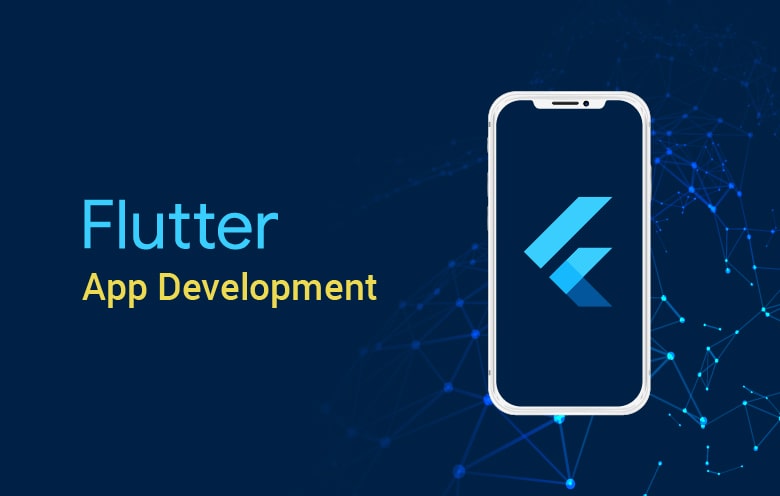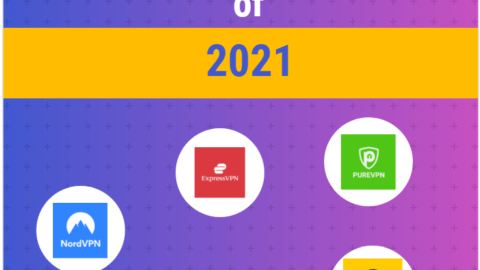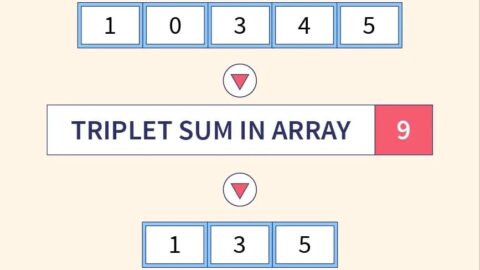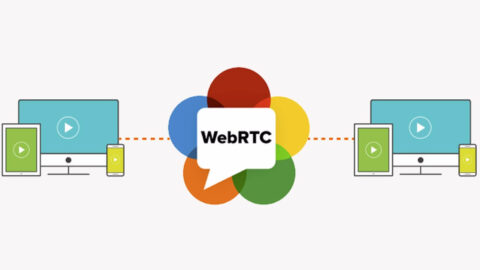Flutter Pros and Cons 2023
Are you ready to embrace the next generation of app development and flutter app development services? Flutter, the innovative framework that took the tech world by storm, holds immense potential. But before diving headfirst into this revolutionary platform, knowledge is key. This comprehensive and enlightening article delves deep into the current landscape, exploration the framework’s advantages and drawbacks. Discover how pros and cons of Flutter enable seamless cross-platform development, accelerate iteration with its magical hot reload, and create stunning UI experiences.
Table of Contents
Further, unveil the challenges, such as the growing pains of its ecosystem, large app sizes, native feature limitations, and how a flutter app development agency can help you overcome these challenges. Step into the future with informed insights that will shape your tech decisions.
Flutter Pros
1. Cross-platform Capabilities
Flutter’s most compelling feature lies in its ability to facilitate cross-platform development. Perhaps you ask how. Flutter allows software developers to leverage a single codebase to effortlessly deploy applications across multiple platforms, including iOS, Android, and the web. This eliminates the need for separate development teams and drastically reduces development time and costs. Flutter also empowers developers to write code once and run it anywhere, offering a seamless experience to users, regardless of their chosen platform.
2. Hot Reload Feature
A true game-changer, Flutter’s hot reload feature catapults development efficiency to new heights among Flutter Pros and Cons. Gone are the days of waiting for code changes to compile and reload. With hot reload, developers can instantly see the effects of their modifications in real time, accelerating the iteration and debugging process. This rapid feedback loop significantly enhances productivity and enables developers to experiment, iterate, and fine-tune their applications with unprecedented speed.
3. Enhanced and Exceptional Performance
When it comes to performance, Flutter Pros and Cons deliver impressive results. For instance, Flutter employs Just-In-Time (JIT) and Ahead-Of-Time (AOT) compilation by harnessing the power of the Dart programming language. JIT compilation facilitates speedy development by allowing code changes to take effect immediately during the development process. On the other hand, AOT compilation ensures optimized execution by transforming the code into efficient machine code. The result is a fast and responsive application, providing users with a smooth and delightful experience.
4. Rich and Intuitive-user Interface
Flutter’s widget-based architecture deserves special mention for its ability to craft visually stunning user interfaces among flutter pros and cons. With an extensive range of customizable widgets, developers have the freedom to design rich and captivating user experiences. Whether you prefer the sleek and modern aesthetics of Material Design or the elegant simplicity of Cupertino, Flutter has you covered. The framework’s versatile widgets enable developers to create pixel-perfect designs that adapt to different screen sizes and resolutions.
Flutter Cons
1. Immature Ecosystem
One of the notable drawbacks is the relative immaturity of Flutter’s ecosystem. While the framework has gained considerable traction, the availability of third-party libraries and packages still pales compared to more established frameworks. This limitation may require developers to invest additional effort in finding workarounds or building custom solutions. Further, due to the ongoing development and updates within the Flutter ecosystem, there is a potential for instability, breaking changes, or deprecated libraries, necessitating careful consideration and adaptability.
2. Increased App Size
Another consideration is the size of applications. While Flutter’s architecture provides great flexibility and convenience, it comes at the cost of increased app size. Flutter apps tend to be larger compared to their native counterparts, primarily due to the inclusion of Flutter’s runtime and framework components. This may affect storage space and download times, particularly in regions with limited internet connectivity.
3. Potential Limitations
Its reliance on platform channels for accessing native features can be a double-edged sword. While it allows developers to tap into device-specific functionalities, there may be limitations or inconsistencies in the support for certain native features. In such cases, developers may need to resort to native code integration or explore alternative solutions. That said, it is crucial to evaluate the specific requirements of your project and consider the trade-offs before committing to Flutter.
The Future of Flutter Pros and Cons
Flutter’s future appears promising. The framework continues to gain traction, with a vibrant and rapidly growing community actively contributing to its development. Google’s unwavering commitment and investment in Flutter’s advancement signify a strong foundation for future enhancements and improvements. The community-driven nature of Flutter ensures that challenges will be addressed, new libraries will emerge, and the ecosystem will mature over time, solidifying Flutter’s position as a leading choice for app development.
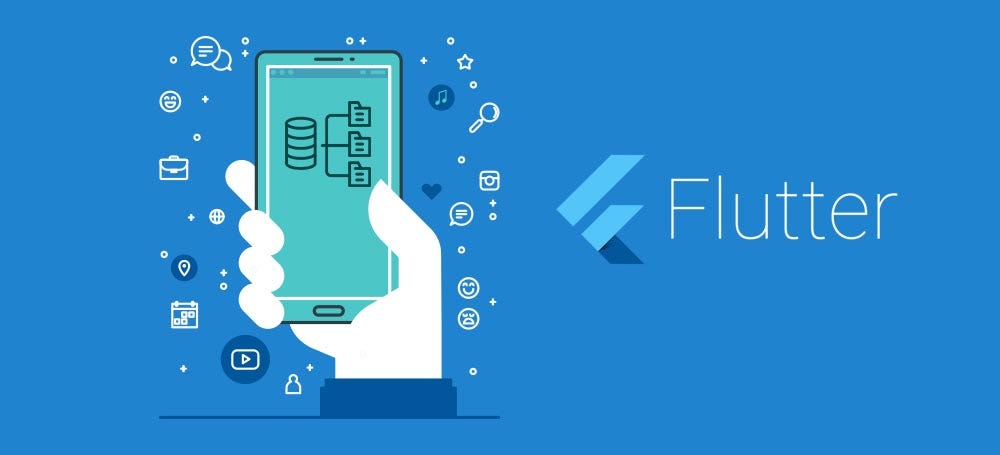
Why Do You Need a Flutter App Development Agency?
- Expertise and Experience. A Flutter app development agency typically has extensive knowledge of the framework, its limitations, and workarounds. Their expertise can guide developers in overcoming challenges and making informed decisions throughout the development process.
- Custom Solutions. They can also create bespoke packages, modules based on flutter pros and cons. Or, plugins tailored to the project’s requirements, ensuring seamless integration with the Flutter framework and access to native features.
- Third-Party Library Evaluation. A development agency can evaluate and recommend reliable third-party libraries that can fill the gaps and enhance the app’s functionality, saving developers from investing time and effort in searching for suitable solutions.
- Code Optimization. An agency can optimize the codebase, eliminate unnecessary components, and implement efficient coding practices to reduce app size while maintaining functionality and performance.
- Native Integration. If a Flutter app requires access to specific native features not readily available through Flutter’s platform channels, an agency can seamlessly integrate native code into the project.
- Continuous Support and Maintenance. They can provide continuous support, updates, and maintenance services, ensuring the app remains compatible with the latest Flutter updates and addressing new challenges.
- Training and Consultation. For developers new to Flutter or those seeking to enhance their skills, a development agency can provide training programs, workshops, and consultations to share best practices, tips, and tricks to overcome challenges efficiently and maximize Flutter’s capabilities.
Conclusion on Flutter Pros and Cons
This article has offered an in-depth and enlightening exploration of this revolutionary framework. Thus, thoroughly examining Flutter’s pros and cons empowers developers and decision-makers to make informed choices based on their unique project requirements. Flutter’s cross-platform capabilities, hot reload feature, exceptional performance, and rich UI experience make it an enticing choice for many development teams.
However, one must consider Flutter’s relatively immature ecosystem, larger app sizes, potential limitations in accessing native features, and the need to adapt to the Dart programming language. Armed with this knowledge, you can confidently navigate the evolving landscape of app development. And unlock the boundless potential of Flutter.

Vice President, İntelligent Design & Consultancy Ltd
Over 12 years of global & rich experience in Portfolio & Program Delivery Management in leading & managing IT Governance, PMO, IT Portfolio/Program, IT Products, IT service delivery management, Budget Management, and more.

